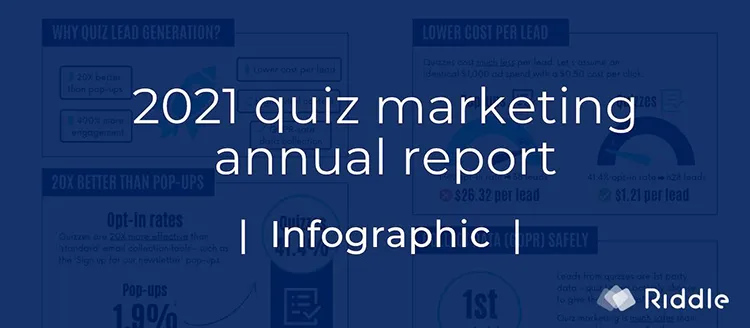Email Automation
Enhance User Engagement and Personalization In the dynamic landscape of digital marketing, personalization has become a key strategy to connect with users on a deeper level. Let’s provide a clearer explanation using a practical example: Imagine you are a sports club aiming to sell your […]








